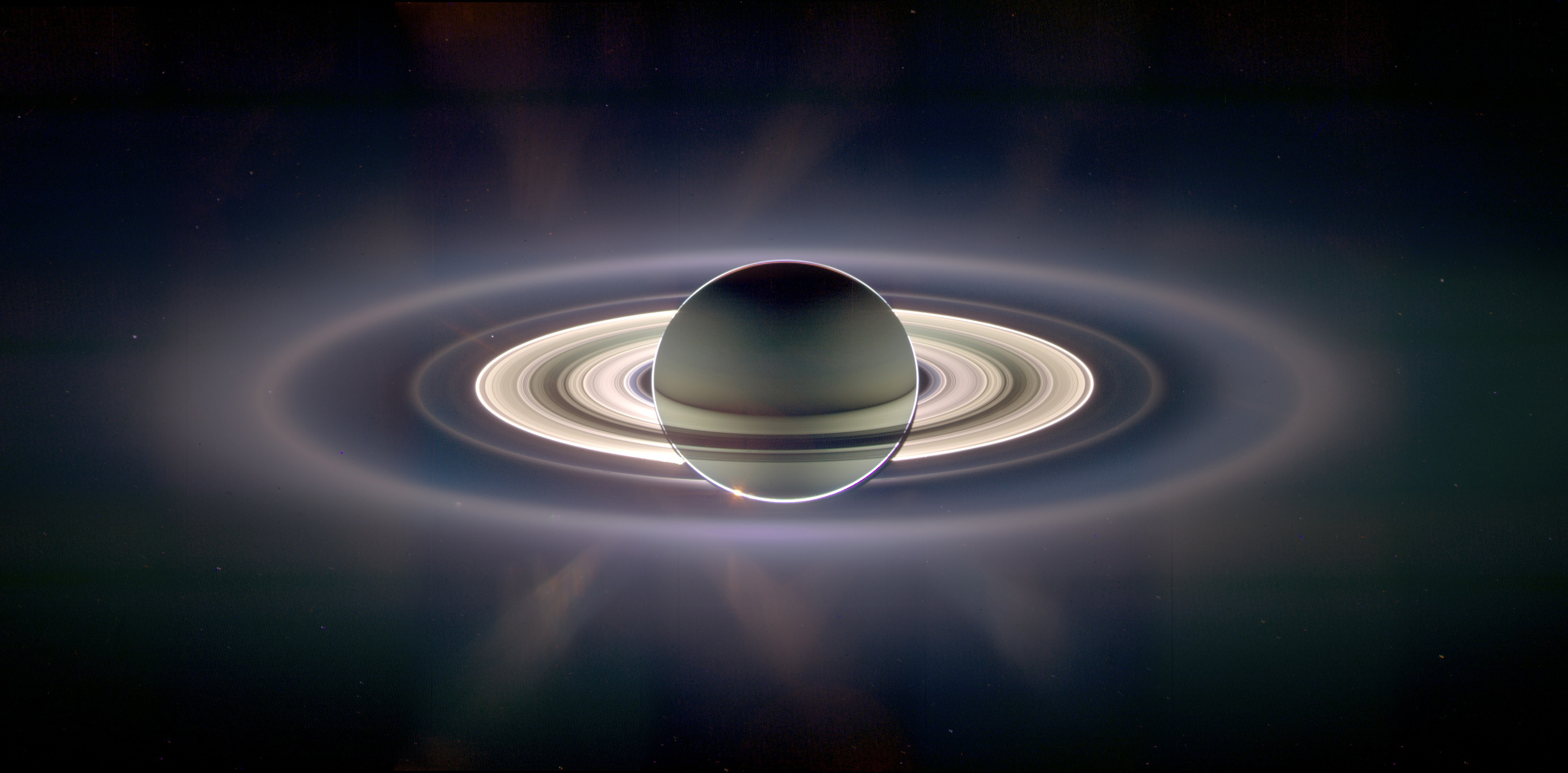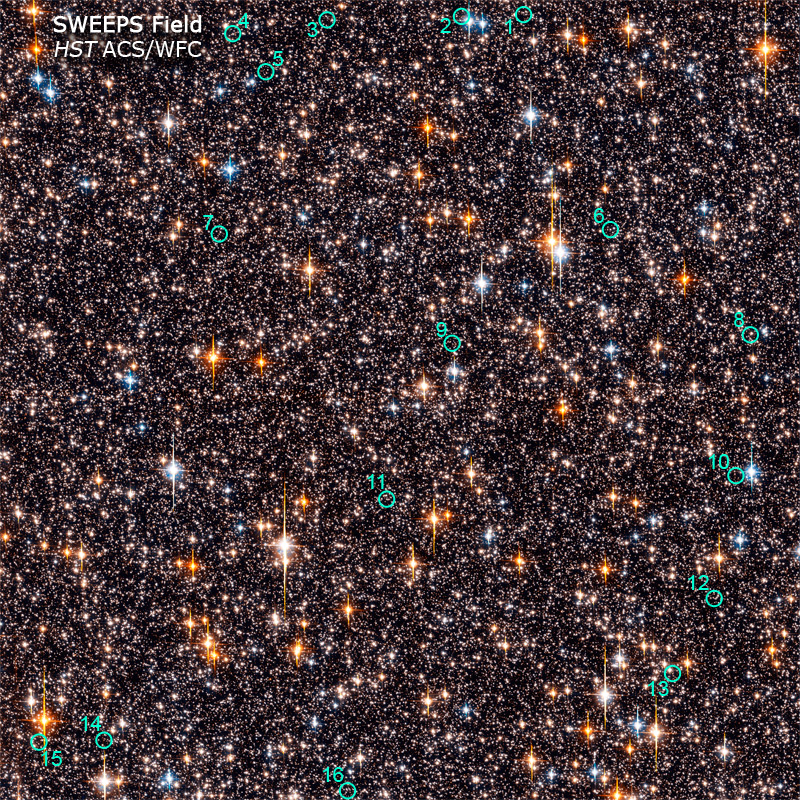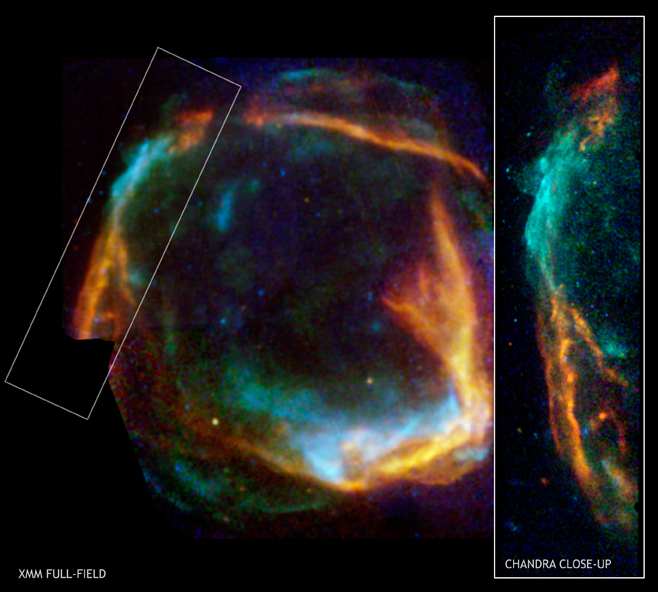While surfing the internet I found another interesting article. I'll insert the link but here's what it says in short:
There is a type of star called "blue stragglers," which usually inhabit areas of older stars. Two theories explaining this was that:
1) They are created by "direct steller collisions"
2) In a binary star group one star rejuvenates itself by "sucking" the star material out of the other star.
What they have recently found six of these blue stragglers that have less carbon and oxygen at their surface than others (I'm not sure whether it is other stars or other Blue stragglers, if someone could fill me in on that).
These situations- lower carbon and oxygen levels at the surface- have lead scientists to believe that the 2nd theory is most likely, since these conditions are usually present on the inside of stars.
http://www.eurekalert.org/pub_releases/2006-10/eso-svu100206.php
Check it out.





